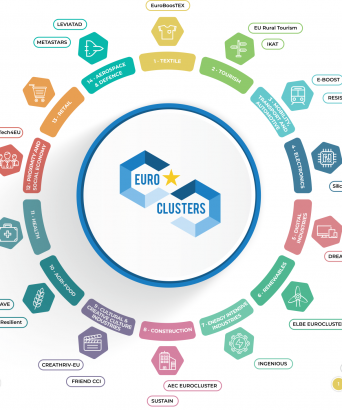Does your company plan to trade with countries outside the EU for the first time? Access2Markets platform helps you assess if your company is ready and helps you understand the basics of import/export of services.
The EU is the world’s largest trader of services. The term services covers a wide variety of sectors, such as
- transport
- telecommunications
- professional services
- financial services
- postal and courier services
- retail and distribution
- environmental services
- tourism
Are you thinking of trading with countries outside the EU for the first time?
These step-by-step guides will help you understand the basics:
Checklist: 4 Steps to export a service
Before you begin: Assess the export readiness of your company
Consult the checklist of questions for assessing the export readiness of your company :
Discuss and decide whether your company is ready to trade with non-EU countries, or which steps need to be taken in preparation for future trading activities outside of the EU.
Step 1: Understand how services can be exported
Decide how you would like to export your service.
Cross-border supply of services (Mode 1):
-
- If your company is based in one country and supplies services to a customer in a different country, this is called cross-border supply.
Consumption of services abroad (Mode 2):
-
- If your company is supplying a service in your domestic market to a foreign customer, this is called consumption of services abroad.
Commercial presence abroad (Mode 3):
-
- If your company establishes a presence in a foreign market, this can be referred to as commercial presence abroad. This involves opening a subsidiary, branch or representative office in another country.
Presence of natural persons abroad (Mode 4):
-
- If an employee of your company travels abroad to supply a service in a country outside the EU on temporary basis, then you are providing this service via the presence of a natural person abroad.
Step 2: Understand how services can be exported
- Select your new export market and assess business potentials and the competitiveness of your services (important to include export related costs in price calculations)
- Identify potential buyers
- Identify an agency/institution/partner to support you in the organisation and formalities of the export process (such as preparing contracts, checking payment conditions, credit-worthiness of buyer, capital transfer restrictions in the country of the buyer)
Step 3: Check if your company can benefit from an EU Trade Agreement
- Confirm whether the EU has concluded a trade agreement with the country you would like to export to
- Identify sources for more information on the relevant trade agreement
- Examine the market access conditions for your service in the schedule of commitments
Step 4: Assess the requirements in your export market
- Assess if your service is allowed to enter the export market you are interested in, i.e. whether any restrictions or prohibitions apply
- If you want to supply your services across borders, check which requirements may apply (for example authorizing or licensing requirements)
- If you want to establish a presence in a foreign market, check which restrictions may apply (for example on foreign ownership, on the type of legal entities allowed or the approval procedures )
- If you want one of your employees to accompany the service you are exporting, check which specific requirements may apply (for example on qualifications, work permits nationality requirements or entry restrictions)
- Check which tax regulations apply when you provide services outside the EU
Guide for export of services
Guide for import of services
Source: Access2Markets





